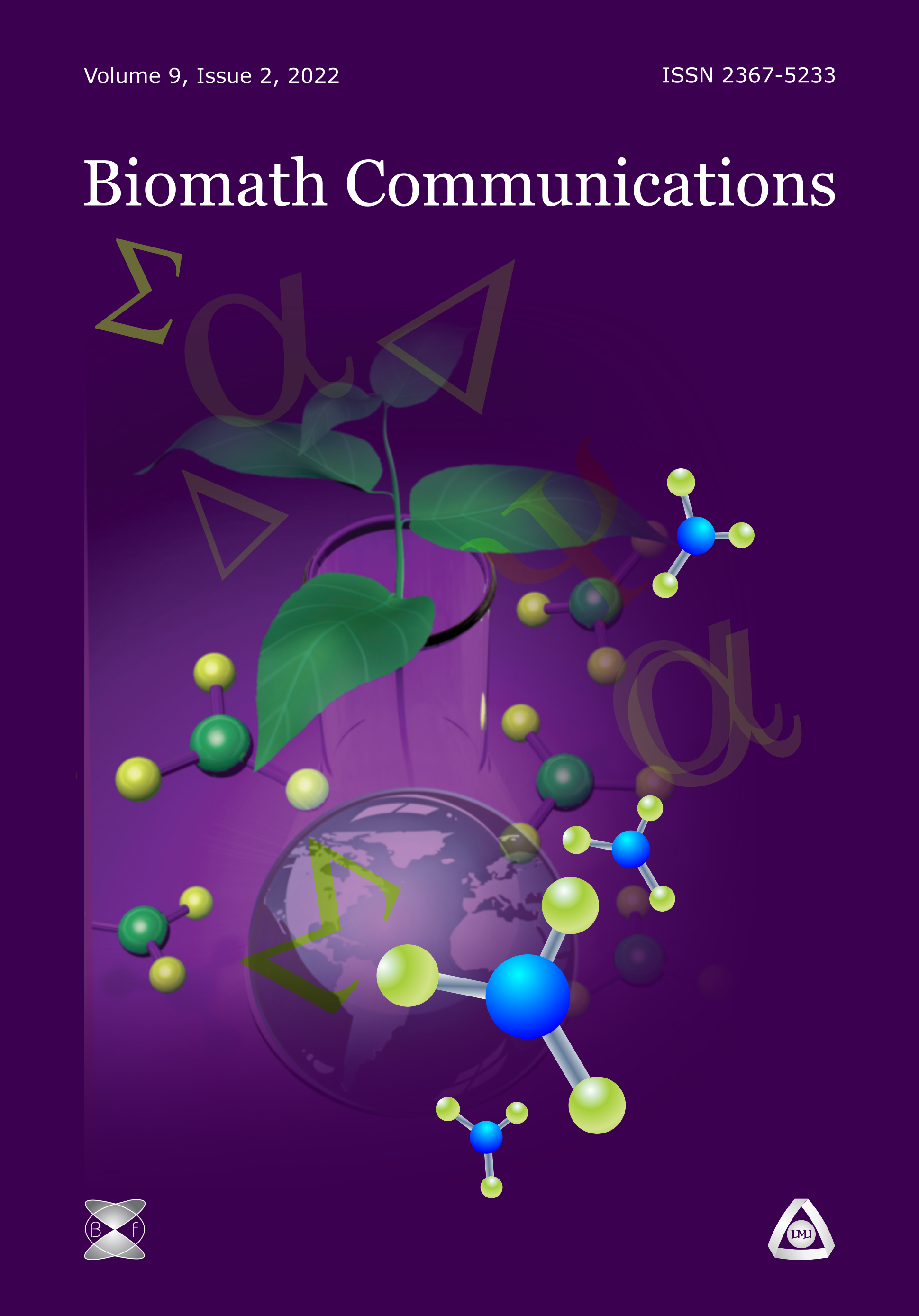BIOMATH 2023 International Conference and School for Young Scientists: A Personal View
DOI:
https://doi.org/10.55630/bmc.2023.08.287Abstract
An average person, if asked on the street about the subject of biomathematics, might look a little bewildered: many people, while thinking about biology, in fact think about the respective school subject and just cannot phatom the use of mathematics there. However, even common flowers such as yellow chamomiles or sunflowers show in their middles arrangements described by the Fibonacci numbers, a fact noticed and used since middle ages. That is, studies in mathematical/theoretical biology, or biomathematics, actually need to cover all of biology and, additionally, such fields of mathematics as stochastics, operations research, and computer science, which enables researchers, for example, to shorten experiments' times from decades to mere minutes with the help of appropriate mathematical models implemented on computers. To this end, scientists in many disciplines need to work together in order to create realistic simulations. The series of annual BIOMATH conferences, held regularly since 1995, helps along this way and connects scientists applying "mathematical and computational tools to the study of phenomena in the broad fields of biology, ecology, medicine, biophysics, biochemistry, pharmacokinetics, chemoinformatics, biotechnology, bioengineering, environmental science" from around the world.
Downloads
Published
Issue
Section
License
Copyright (c) 2023 Ekaterina Auer

This work is licensed under a Creative Commons Attribution 4.0 International License.
The journal Biomath Communications is an open access journal. All published articles are immeditely available online and the respective DOI link activated. All articles can be access for free and no reader registration of any sort is required. No fees are charged to authors for article submission or processing. Online publications are funded through volunteer work, donations and grants.
Authors who publish with this journal agree to the following terms:
- Authors retain copyright and grant the journal right of first publication with the work simultaneously licensed under a Creative Commons Attribution License 4.0 that allows others to share the work with an acknowledgement of the work's authorship and initial publication in this journal.
- Authors are able to enter into separate, additional contractual arrangements for the non-exclusive distribution of the journal's published version of the work (e.g., post it to an institutional repository or publish it in a book), with an acknowledgement of its initial publication in this journal.
- Authors are permitted and encouraged to post their work online (e.g., in institutional repositories or on their website) prior to and during the submission process, as it can lead to productive exchanges, as well as earlier and greater citation of published work (See The Effect of Open Access).

